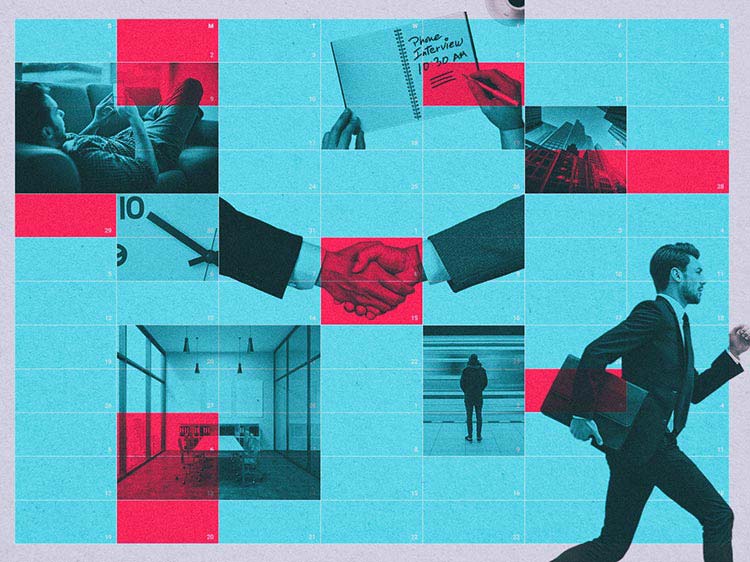Using Soft Power in the Workplace

By Joe Issid
I once worked for a company whose offices more closely resembled a holiday resort than a place of business. Cappuccino bars and pool tables were installed on every corner; all employees had access to free massages; and Friday afternoons were reserved for beer drinking and ping pong tournaments. In all fairness, all of these perks were greatly appreciated and the company deserves a lot of credit for providing an attractive, appealing and inspiring place to work. However, and without sounding overly cynical, there is a reason why many companies are adopting these practices and turning their offices into luxurious and entertaining playgrounds: it attracts – and retains – talent.
So, how did companies determine that these investments would pay off? The answer, interestingly, has roots in international diplomacy. The concept of “soft power” was coined in by Joseph Nye in his 1990 book Bound to Lead: The Changing Nature of American Power. In brief, the concept describes the ability to shape an outcome by appeal and attraction instead of coercion. So, if a company is looking to recruit top talent, a “soft” approach would be to develop a culture and value system that would be appealing to said talent. Through this approach, a company is able to influence the behaviors of their applicants/employees to get the outcomes they want (i.e. better candidates, higher quality work). So, if companies are able to employ soft power to suit their needs, can this concept be applied by others within the workplace to achieve results on a more individual level? Absolutely. Here’s how.
Show don’t tell
One the central tenets of soft power is the ability to influence people through the co-opting of ideas and appealing to people’s best interests. Rather than firing off threatening edicts with negative consequences, a soft approach would be much more passive and demonstrative. Human nature suggests that people emulate those around them so cultivating a positive and productive environment will lead to happy and productive employees.
Inclusivity
Great leaders in today’s work force recognize that the best way to motivate workers is to make them a part of a company’s success. To wit, companies that exercise inclusive approaches are becoming more and more commonplace in the modern business world. So, what constitutes an inclusive leader? Characteristics such as compassion and healing are all attributes that an inclusive leader must have to encourage diversity of perspectives and experiences as a means of unlocking the potential within their employees.
The art of listening
Throughout my career, the managers who have made the greatest impact on me have been those who were willing to negotiate. And by that I mean a manager whose first answer is rarely “yes” or “no” but rather “tell me more”. Leaders who engage with their employees and are always willing to push back against both good and bad ideas are fostering productive and engaging environments without fear of ridicule or persecution. Knowing that your employer is open to at least listening to you can be extremely liberating.
Building a voice
In essence, soft power in a corporate setting is very much about establishing influence among your peers. While this influence can often be established by a company’s hierarchical structure, anyone within a company can exert influence over many levels of decision-making. To build an influential voice within your company, a few personal attributes are essential. For example, if you build a reputation for being trustworthy, reliable and assertive, you will go a long way to building a powerful voice within your organization.
Abandon old ideas
The era of hard orders and top-down edicts in the workplace may slowly be coming to an end but they will not cease to exist entirely without the adoption of soft power approaches across all industries. Having said that, as with any form of change, there will be strong resistance to this shift.
And it will be up to inclusive leaders to help steer companies away from the harsh approaches of yesterday and into the new, softer future.